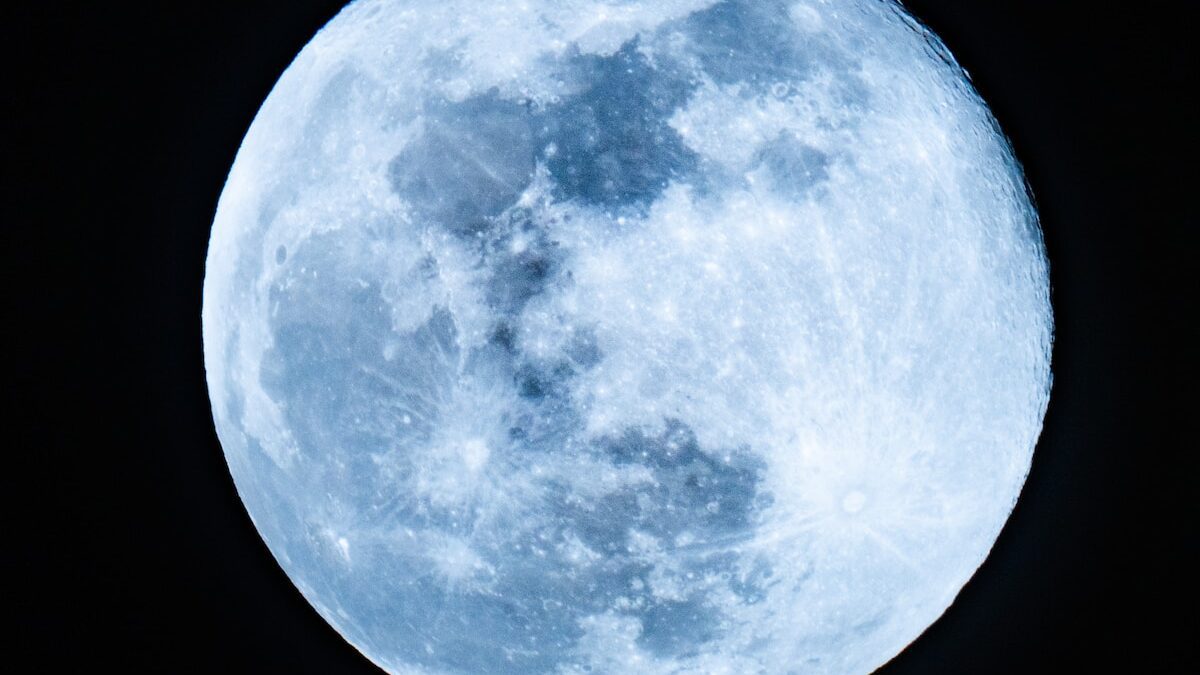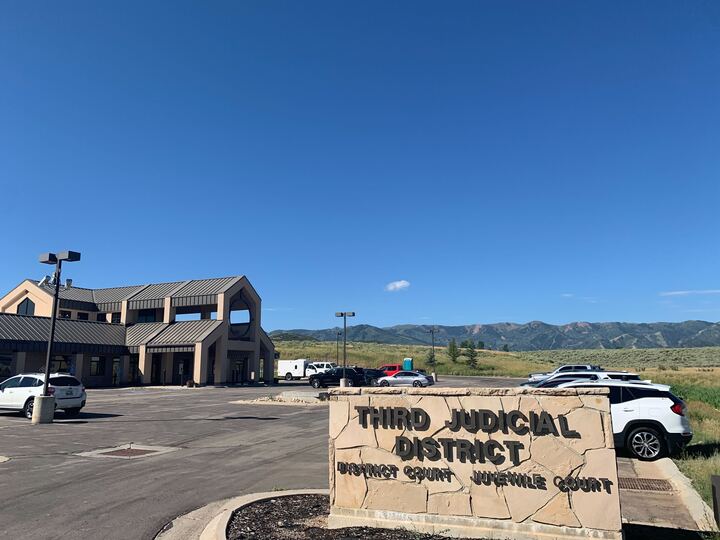Environment
Rare Super Blue Moon rises August 30

full moon in dark night sky Photo: Eileen Rollin
UTAH — On the night of August 30, the Moon will flaunt a remarkable trio of titles. It will be known as a full moon, a supermoon, and even a blue moon.
As the Moon journeys around our planet, it follows an elliptical orbit, resembling an elongated circle. During its monthly sojourn, it passes through the closest point to Earth (perigee) and the farthest point from Earth (apogee).
When the Moon aligns its proximity to our planet at the time it is full, it is dubbed a “supermoon.” A seemingly larger and more radiant spectacle fills the sky as the full moon draws closer to us during this event. The “supermoon” occurs when it reaches its closest point to Earth, and it appears approximately 14 percent larger than its farthest point.
The phenomenon known as a blue moon ( the Moon is not actually blue) occurs when we witness the full moon twice within a month. This celestial event arises due to the Moon’s 29.5-day cycle, which is slightly shorter than a calendar month’s average duration. Consequently, a full moon can manifest at the start of a month, with ample days remaining for another cycle, resulting in a second full moon.
In simpler terms, if a full moon graces the skies on the first or second of a month, a second full moon will follow on the 30 . This captivating occurrence repeats every two to three years.
Interestingly, two variations of blue moons exist: monthly and seasonal. The forthcoming moon is classified as a monthly blue moon, arising from the occurrence of four full moons in a single season (spring, summer, fall, or winter) instead of the conventional three.



















